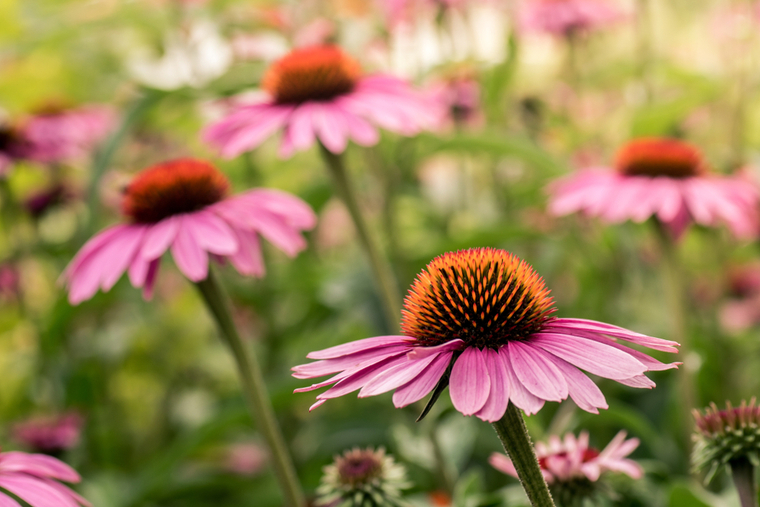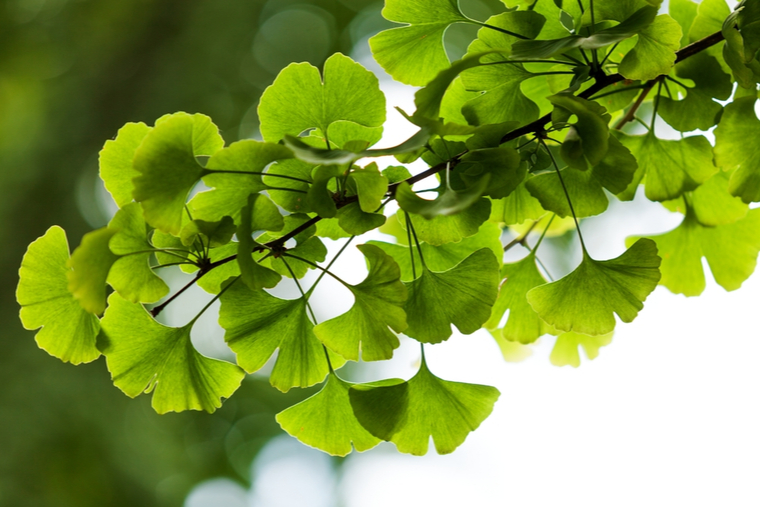Seven Healing Plants from Around the Globe
Plants have been used as medicine for thousands of years. Ancient civilizations used seeds, herbs, leaves, fruits, and bark to treat a wide variety of illnesses. The use of traditional Chinese medicine dates back thousands of years, and that’s just one region.
Even with modern medicine, many plants are still used for their healing properties. Herbal remedies and traditional medicines are used by millions of people around the world. Medicinal herbs, leaves, flowers, seeds, and roots are used to prevent and treat common ailments from colds and anxiety to nausea and skin concerns.
Where Do the Medicinal Properties Come From?
Medicinal properties in plants come from many different parts, as separate pieces can contain different active ingredients; one part is potentially toxic, while another is harmless. Medicinal properties in plants often come from:
- Bark
- Seeds
- Roots
- Flowers
- Fruits
How these plant parts are used varies wildly, as each needs specific preparation. Their essence is also commonly concentrated into essential oils, another way to consume these healing plants. The word natural, however, doesn’t necessarily mean “safe.” It’s important to tell your health providers about any herb or dietary supplements you’re using.
Plants of the World and Their Healing Properties
Aloe Vera

Image via Shutterstock
Place of Origin: Unknown – possibly Kuwait, Qatar, Saudi Arabia, the United Arab Emirates, or Yemen
Aloe vera is popularly known for its ability to treat sunburns, but this spiky plant is capable of much more. It’s typically made into sprays, creams, and gels for easier application but also comes in capsule or liquid form. Research suggests that ingesting aloe vera can help improve digestive health and alleviate some of the symptoms of inflammation in the gastrointestinal (GI) tract.
Uses: Burns, acne, weight loss
Ginger

Image via Shutterstock
Place of Origin: Southeast Asia
Ginger is used in a wide variety of applications – pickled in vinegar when it’s young, dried and steeped into tea, ground into a spice powder, even candied. It’s often used in lozenges as a treatment for nausea, especially during pregnancy and chemotherapy.
Gingerol is one of the active ingredients in ginger and has strong anti-inflammatory properties. Because of this, ginger is used to reduce symptoms of both rheumatoid arthritis and osteoarthritis, alleviate menstrual cramps, and improve brain function by preventing inflammatory responses in the brain.
Uses: Nausea, inflammation, menstrual cramps
Ashwagandha

Image via Shutterstock
Place of Origin: India, Southeast Asia
Ashwagandha – also known as Indian ginseng – is an herbal shrub; its berries and roots are harvested for their medicinal properties. The herb is commonly brewed into teas, made into tinctures, and taken as a supplement, and it’s thought to improve everything from anxiety to fertility issues. Ashwagandha is an adaptogen, helping the body to cope more effectively with stress.
The plant has been historically used as an energy booster and performance enhancer; the word ashwagandha translates to “like a horse,” describing both its unique smell and athletic improvement capabilities. In Ayurvedic medicine, ashwagandha is considered Rasayana, used to keep you feeling mentally and physically young.
Uses: Anxiety, energy, fertility
Gotu Kola

Image via Shutterstock
Place of Origin: India, China, Indonesia
Gotu kola or gotu-kola is a traditional herb that’s a staple in traditional Chinese and Ayurvedic medicine. It’s been used historically to treat diseases like leprosy and heal skin ailments like psoriasis. The plant is currently used in the United States and the United Kingdom as a treatment for varicose veins and chronic venous insufficiency.
Gotu kola contains chemicals called triterpenes. Some studies suggest that triterpenes boost collagen production in the skin, aid in wound treatment, and increase antioxidants that fight skin damage. Applying gotu kola to the skin can treat minor burns, promote wound healing, and prevent and reduce stretch marks.
Uses: Wounds, stretch marks, varicose veins
Echinacea

Image via Shutterstock
Place of Origin: North America
Echinacea is one of the most popular medicinal herbs in the United States. The plant has been used by Native Americans for more than 400 years to treat infections and wounds of all kinds. It maintained its extreme popularity until the development of antibiotics and now is used primarily to alleviate symptoms of the common cold and boost the immune system.
Echinacea plants contain alkamides, rosmarinic acid, and caffeic acid, all of which have been shown to help reduce feelings of anxiety. Recently, a double-blind study found that specific “echinacea preparations have significant beneficial effects on anxiety in humans.”
Uses: Infections, inflammation, anxiety
Gingko

Image via Shutterstock
Place of Origin: China, Japan, Korea
The ginkgo tree is thought to be one of the oldest living trees, dating back more than 200 million years. It’s been used to improve memory and vision as well as asthma, bronchitis, and kidney and bladder disorders. The antioxidants in gingko are thought to be behind many of the plant’s benefits, which work to combat or neutralize effects from damaging free radicals.
In one small study, gingko improved both the physical and mental symptoms associated with premenstrual symptoms. Gingko is also a popular brain supplement – research has even found that the plant could be helpful for people with dementia.
Uses: Circulation, memory, menstrual cramps
Rooibos

Image via Shutterstock
Place of Origin: South Africa
This popular tea is the national drink of South Africa, where the plant has been used for medicinal purposes for centuries. Proponents of the drink say it cures everything from indigestion, high blood pressure, and heart disease to hay fever. Rooibos contains high levels of the antioxidants aspalathin and quercetin, which work to reduce inflammation in the body. Rooibos has also been shown to reduce LDL (“bad”) cholesterol and raise HDL (“good”) cholesterol in people with an elevated risk of heart disease.
Uses: Diabetes, inflammation, blood pressure
The Bottom Line
Some of these plants can be grown on your windowsill or in your outdoor garden, bringing their healing powers from the store to your home. Even spending time around plants has shown to improve mental well-being, so imagine what growing them yourself can do for you and your health!
Obviously, plants can’t replace all medicines. You should talk to your doctor before consuming any plants for their medicinal properties, as some may interact with medications.
Published: June 8, 2024
Updated: November 6, 2024


